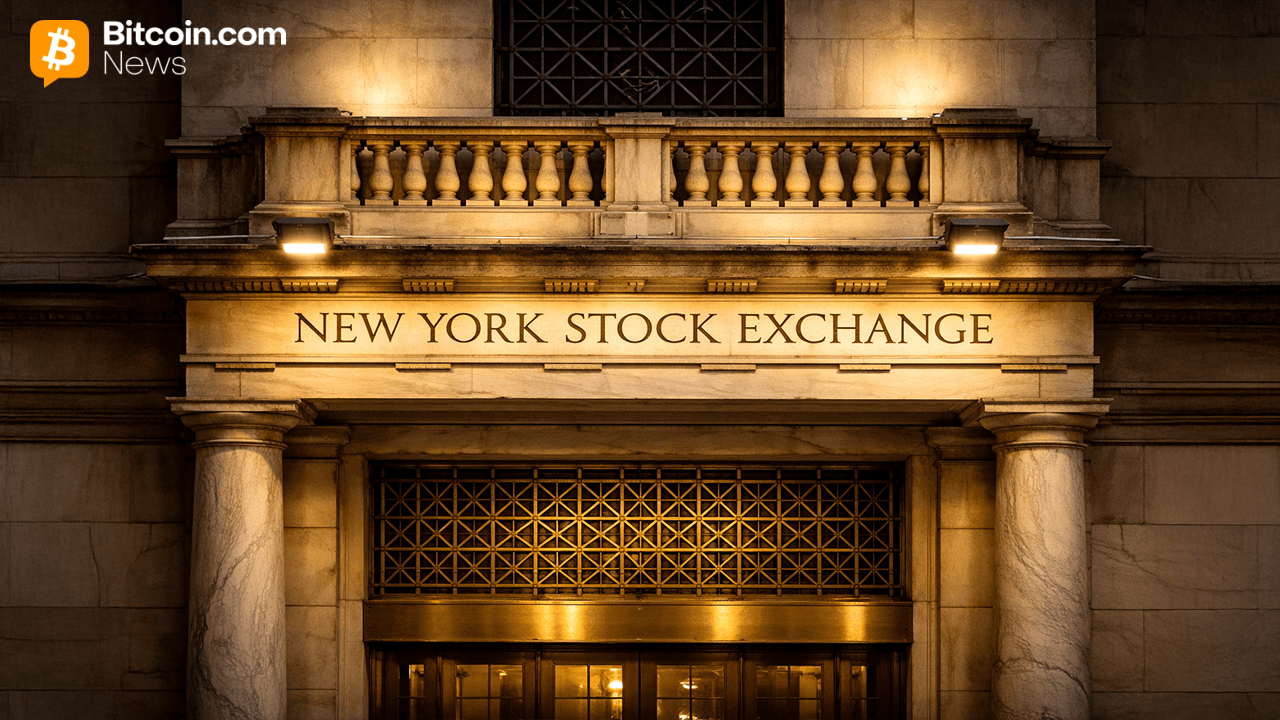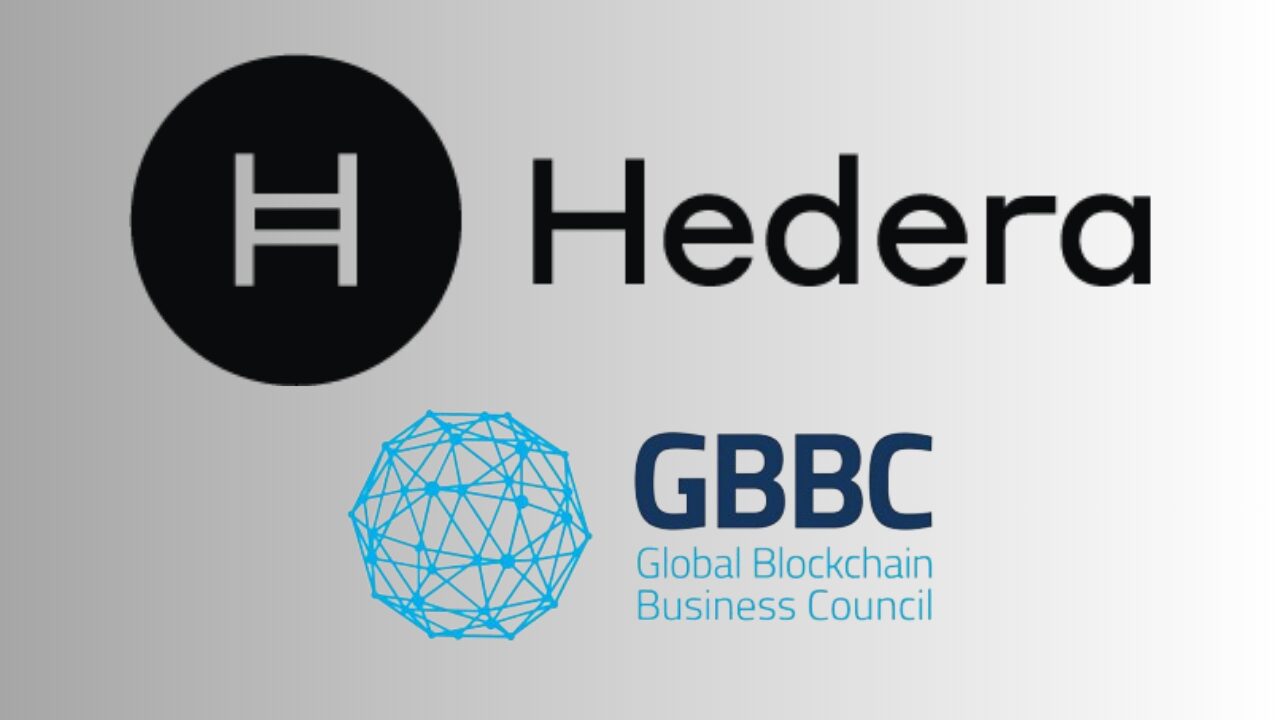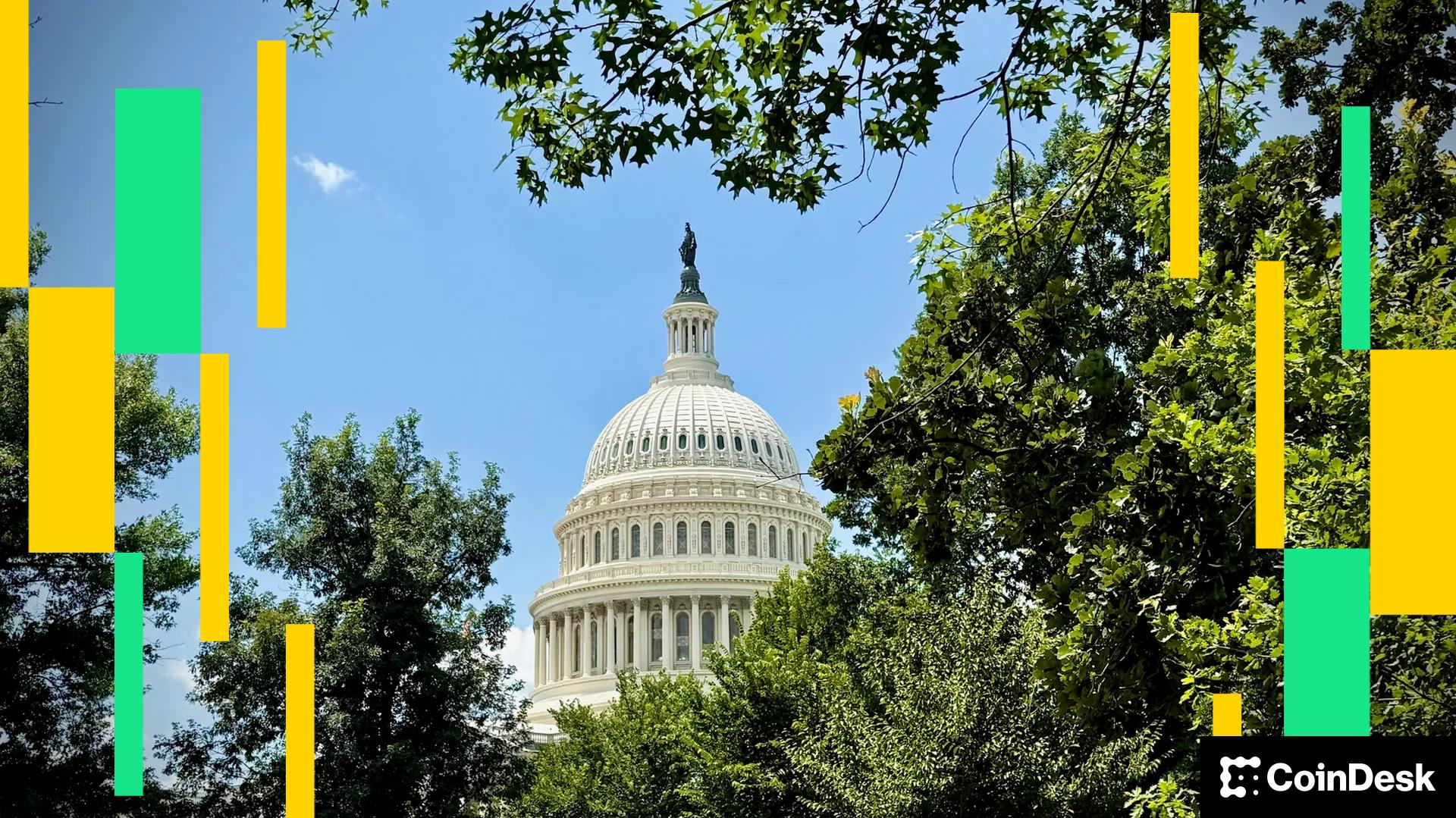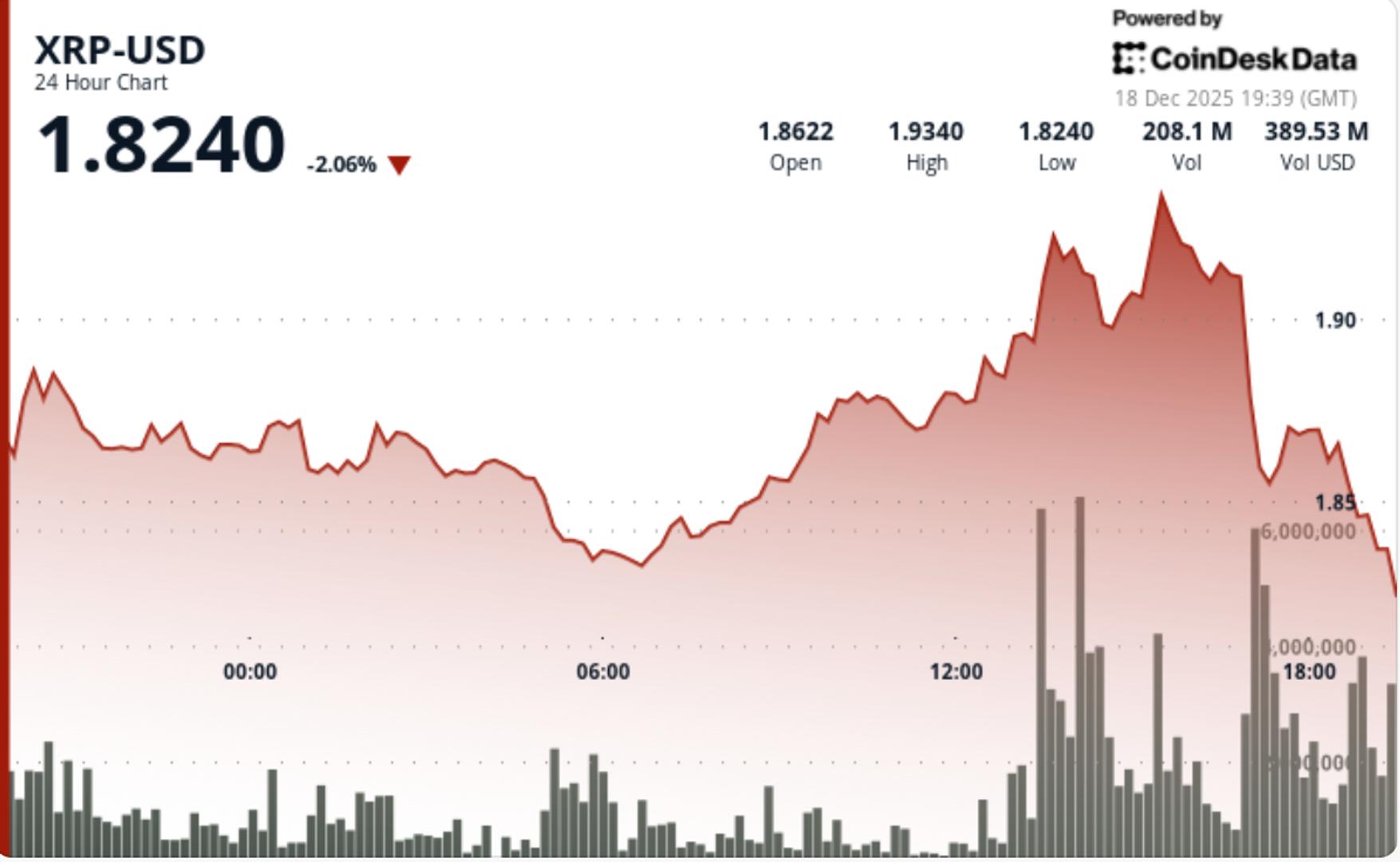ISO 20022 and the Future of Blockchain Payments AllinCrypto October 13, 2025
The global financial system is being innovated from within, not just by blockchain, but by the ISO 20022, a universal messaging standard that is reaching a major deadline.
As more central banks and financial institutions migrate to ISO 20022, networks like XRP, Hedera (HBAR), and Stellar (XLM) may stand to benefit significantly.
These blockchain networks are already built for speed and efficiency, align naturally with ISO 20022’s goals of enabling faster, cheaper, and more transparent cross-border payments.
Understanding the Impact of ISO 20022
Introduced in the early 2000s, ISO 20022 is a global financial messaging standard that modernizes how payment data is structured and transmitted.
Unlike older systems such as Swift messages, which rely on rigid, text-based formats, ISO 20022 uses structured data models, allowing banks and institutions to include more detailed information about transactions, such as compliance details and important metadata, within a single standardized format.
Michelle Cowan, Cash Market Manager, Transaction Banking Europe at Standard Chartered, on the benefits of ISO 20022 for banks and its relation to enhancing cross-border payments and global finance. $XRP $HBAR $XLM $XDC $ADA pic.twitter.com/x05MJmVcAi
— ALLINCRYPTO (@RealAllinCrypto) October 13, 2025
Although the standard is reaching 30 years old, banking systems will have until the end of 2025 to fully implement the standard, which most have yet to do. Because of the deadline, the standard, which was slow to be adopted, has been given new attention.
The upgrade will improve interoperability between financial systems, reduce errors in payments, and enhance compliance and anti-money laundering (AML) checks.

By creating a shared language for money movement, ISO 20022 helps global institutions communicate seamlessly, whether they’re using older legacy systems or newer, blockchain networks that Swift aims to do by developing their own distributed ledger with Chainlink.
Why Blockchains Like XRP, HBAR, and XLM Stand to Benefit
Networks like the XRP Ledger, Hedera Hashgraph, and Stellar are already built for the same goals that ISO 20022 aims to achieve.
Faster transactions, low-cost payments, transparency, and interoperability are at the heart of ‘ISO compliant’ crypto networks.

These networks are able to complement ISO 20022’s structured layer by acting as settlement rails that move value instantly between institutions, something that Swift and banks have begun to understand, as evidenced at Sibos 2025.
XRP was designed specifically for cross-border settlements. Ripple’s network already supports ISO 20022 messaging and has been integrated into pilot programs with major banks such as the Bank of America, Santander, SBI Holdings, and more.
Blockchain compatibility allows institutions to use XRP as a bridge asset, or the XRP Ledger as a way to integrate near-instant payments, settling transactions in seconds at a fraction of traditional costs while maintaining regulatory-grade visibility.

Similarly, Stellar is a network for remittances and microtransactions in places particularly underbanked. Stellar allows instant conversions between fiat currencies and stablecoins.
As ISO 20022 standardizes messaging, Stellar can act as a global clearing layer, enabling low-cost payments for banks and organizations in developing markets.
From Deutsche Bank:
ISO 20022 has the potential to deliver the rich data needed to unlock trapped liquidity, finance trade that could not previously be reached, and deliver huge operational efficiencies. But what is holding back full adoption and how can the Swift community work together to accelerate it? flow’s Clarissa Dann shares answers from the Sibos 2024 Big Issue Debate on Day Three
Hedera (HBAR) adds another dimension of interoperability for traditional finance. Built on its unique Hashgraph consensus, Hedera provides finality in seconds, low fees, and enterprise-grade governance.
Its ability to process high volumes of ISO compatible transactions makes it ideal for tokenized assets, real-time settlements, and corporate applications.

As banks begin experimenting with digital asset infrastructures, Hedera’s enterprise partnerships could make it a preferred platform for ISO 20022-aligned payment systems.
Sibos 2025, a conference for banks and institutions to share next-generation ideas, proved to the industry that blockchain and DLTs are here to stay, with Swift openly embracing them. ISO 20022 was also the talk of the town as banks come to adopt the new standard to update the financial system, which is becoming more competitive.
The New Era of Interoperable Finance
The real power of ISO 20022 lies in creating a common framework for both traditional and blockchain-based payments.
This means institutions using Swift or other payment networks can communicate directly with blockchain systems using standardized messaging formats.
A hybrid financial world can be created where blockchain networks like XRP, Hedera, and Stellar can connect seamlessly into global finance, allowing billions in volume to be transferred.
As the transition to ISO 20022 continues through 2025 and beyond, these blockchain networks stand to become important infrastructures for modern finance, able to offer what the legacy system has lacked for decades and seems to only now be quickly correcting.
The post ISO 20022 and the Future of Blockchain Payments first appeared on AllinCrypto.






